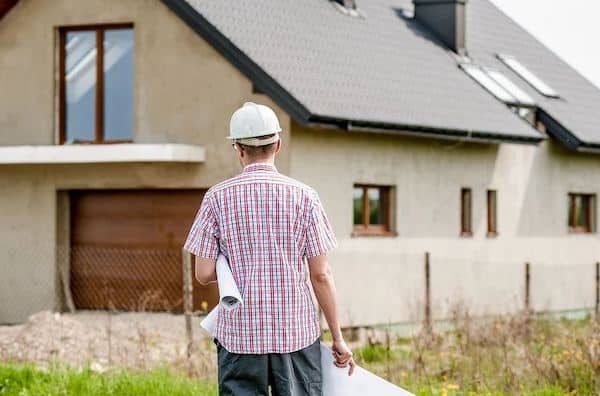We are used to changing the car or mobile phone when the series of repairs begins, or when the functioning slows down because the memory is overcharged, respectively. So, we consider that the useful life of the vehicle or telephone has come to an end and we replace them, but what happens with a house? Is it possible to determine the useful life of a building?
There is an official certification, the ISO 15686-1 standard, which was created precisely for this purpose, that is, to help determine and estimate the useful life and durability of a building. And that’s where we come across the first of the most common confusions: useful life is not the same as durability.
The ISO standard defines useful life as “the period of time after installation or construction during which a building or its parts meet or exceed the minimum performance requirements for which they were designed and constructed“. Durability, on the other hand, refers more to the ability of a building or its components to achieve the optimal performance of their functions, without performing corrective maintenance or repairs. For simplify, we could say that if it is built with durability criteria, it will be extended the useful life of houses.

Assessment methods
Knowing the difference between concepts is important, because they determine the different ways to calculate the useful life of a building:
- Method by factors of ISO 15686. It is the most widespread and we could say that the most recommended. It is based on a number of durability factors and what is known in architecture as the design life, which is essentially a reference useful life.
- Lab tests. It is a much more expensive method, because it is based on performing laboratory tests of accelerated aging of building materials / components, by way of simulation, to determine their durability and, therefore, their useful life. In recent times, Artificial Intelligence technologies are being used for this purpose.
Factors to consider
Therefore, following the ISO standard is the best roadmap to determine the useful life of the house, always keeping in mind that it is not an exact method that responds to a precise mathematical formula. Furthermore, the greater the experience of the designer and architect, the more accurate the calculation will be. We could group into seven major factors that must be taken into account:
- Quality of architectural and constructive design, in which the experience of the architect plays a crucial role.
- Quality of materials. Factors such as the raw material and manufacturing of these materials influence these parameters, which generally have to comply with technical standards.
- Indoor environment. All conditions regarding temperature, humidity, ventilation, lighting, etc. inside the house.
- Exterior environment. To the conditions contemplated in the interior, it is also necessary to include others such as wind, sun radiation, rainfall, etc. influencing façade, roof, foundations, etc.
- Quality of workmanship. How the construction has been carried out by the manpower/personnel employed, has a direct impact on the durability of the components and, therefore, on the useful life of the building.
- Use given to the building. The design of the building does not always correspond to its subsequent use. For example, those buildings designed as dwellings that are later used as a workshop or factory, almost for sure, will have their useful life subtracted.
- Maintenance. Throughout the years of a house, maintenance works, as well as the professionalism of those who perform such works, can lengthen or shorten the useful life.
Making an exact estimate of the useful life of a house is complex, even more so if, in addition to the aforementioned factors, we add the relationship of risks to which the building will be subjected during its use and the way in which the possible damages – derived from such risks, will be faced/undertaken. However, it is possible to make estimates and this will guide us in making decisions to guarantee our safety and well-being.







Leave A Comment